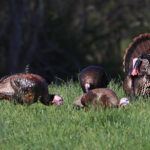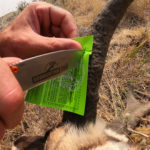When it comes to whitetail oddities, some cases are rarer than others. Piebald deer, gnarly racks, and injuries are fairly common. The following whitetail freaks would fit right in at P.T. Barnum’s circus.
In your time afield or through trail cameras, have you ever encountered a whitetail freak or oddity like the ones showcased here?
Upper Canine Teeth (Dracula Deer)
According to the National Deer Association, less than 1% of whitetails exhibit this off trait. It is believed to be a trait that surfaces from an ancestral form of whitetail. Whether it was for protection or omnivorous purposes remains unclear. Not an obvious trait, and likely spotted most often by a taxidermist prepping a deer for mounting.
Some species of deer still come equipped with upper canines like Siberia’s musk deer and North American elk. Elk canine are known as ivories as they have the same chemical make up as walrus and elephant tusks.
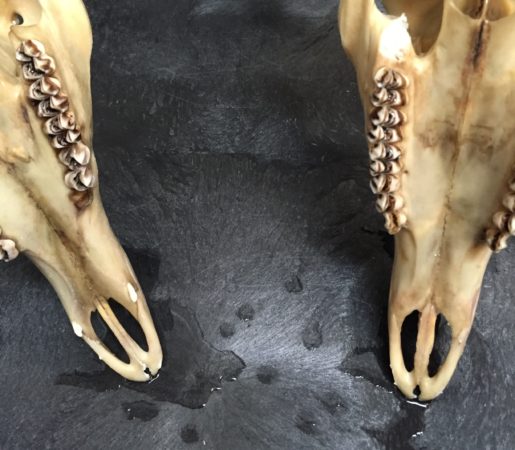
Ocular Albinism (Goat Deer)
Is this a cross between a deer and a goat? No, it’s a rare genetic condition known as ocular albinism. This melanin related deficiency results in a deer with white pigment in the eyes rather than brownish. Also note the lack of pigment in the nose of the deer as well.
He sported a more caramel colored coat and velvet set of antlers. This eye condition can affect a deer’s vision but does not cause blindness. A rare deer indeed!
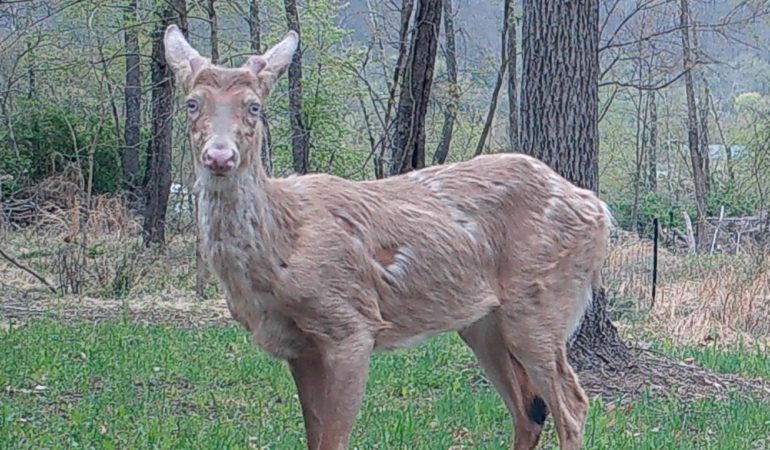
Deer Fibroma (Deer Warts)
A fibroma is defined as a benign fibrous tumor of connective tissue. Also known as deer warts, these nasty growths were odd enough to make our list. These growths are caused by a papilloma virus.
They can be found single on the body or in clusters. Unless these growths have a secondary infection, experts say the meat is safe to consume. Would you eat a deer with warts? Want to know more on what you should or shouldn’t eat when it comes to deer with diseases? Read HERE.
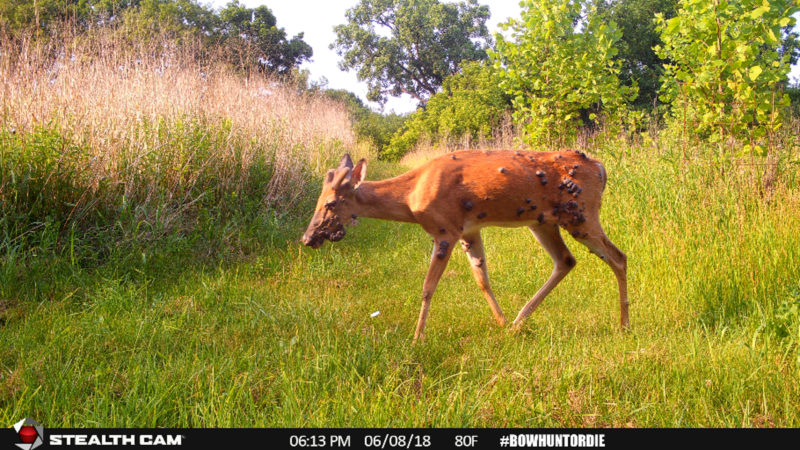
Demodectic Mange (Hairless Deer)
To get to the bottom of this whitetail freak, we reached out to Huntstand’s Brian Murphy who spent 22 years as the CEO of the Quality Deer Management Association.
“This is a severe case of demodectic mange, caused by the mite Demodex odocoilei, which is specific to whitetail deer. The most severe cases, such as this, are typically seen in bucks at this time of the year.”
When we asked Brian if the disease was fatal, his response was rather surprising.
“Believe it or not, reports of mortality are fairly uncommon. However, deer in Northern climates like Minnesota are certainly at more risk than they are in Mississippi.”
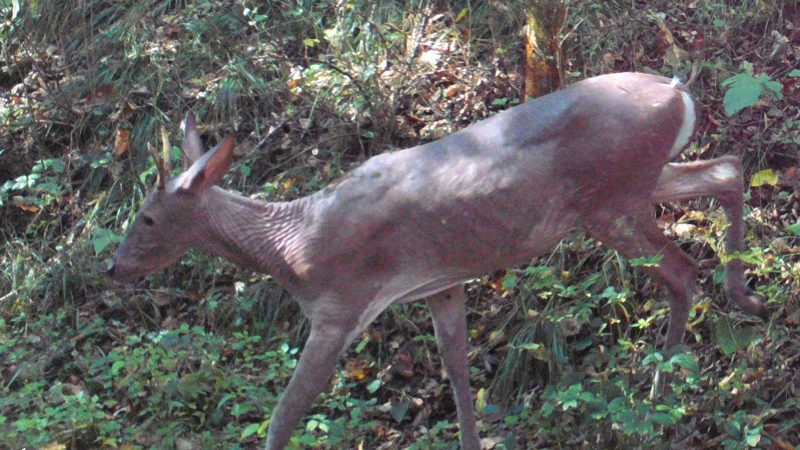
Cryptorchid Buck
Ever see a buck sporting a velvet rack late into the season? There is a good chance it is a cryptorchid buck. Cryptorchidism, a nongenetic condition, occurs when the buck’s testicles remain in the abdominal cavity and to not descend into the scrotum.
They can also experience this condition if the testicles get damaged during their life. This dramatically reduces testosterone levels. With the lack of testosterone, they become more doe-like in their behavior, not looking for a fight, scraping, or rubbing. These deer do not shed their antlers and they continue to grow. Often getting some gnarly points, they are sometimes called cactus bucks.
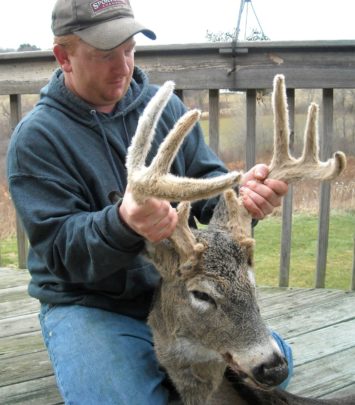
If you spend enough time in the whitetail woods, you’ll likely encounter a whitetail freak or oddity along the way. Like P.T. Barnum embracing the oddities he put in his shows, we should appreciate the uniqueness these whitetails possess.
What whitetail oddities have you encountered? Comment below.

 By
By 